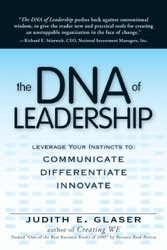One of the definitions of Asset in business term is anything of material value of usefulness that is owned by a person or a company. The key word is here usefulness. How do we ensure that the asset is useful? First it must be fit for purpose, not only when it is acquired but throughout its designed life. In engineering standard the life term may range from twenty-five to even fifty years.
Over the years, there have been many approaches considered and taken to sustain the usefulness of one’s asset. Most of them are related to the way the asset is maintained. Terms such as Total Quality Management (TQM), Condition Based Monitoring (CBM), Preventive and Predictive Maintenance (PM) and even Corrective Maintenance (CM) have been used to reflect the desire of technical teams to ensure that a particular asset is fit for purpose as long as possible. Asset Lifecycle is probably one of the latest trends or approach in optimizing the usefulness of an asset. With proper execution of the relevant methodology, the Return on Asset (ROA) and Return on Investment (ROI) values would benefit the company and its shareholders.
The challenge for engineers actually does not start the moment the asset is delivered to the premise. In fact, it should start well before that when the conceptual design was first mooted. So often that this predesign stage overlooked the requirements for maintenance stage. As a result, modification or variation had to be done to improve the asset lifecycle. The main reason is probably the exclusive nature of the design and maintenance groups. As professionals, engineers should strive to widen their knowledge beyond the traditional outlook. Designers should not limit themselves to theoretical applications and likewise the operators or maintenance experts should be able to share and impart the knowledge and expertise so that the end result is one of unity!
While a lot of progress has been made in improving the lifecycle of fixed assets be it properties, plants or equipment, there are still a lot more need to be done for the other asset, namely human capital. We used to hear that employees are the best asset of a company but is this still true today? Without doubt, we could have the most sophisticated and intelligent building, equipment and maintenance system but if it is not matched with equally intelligent, skilled and versatile workforce to execute all the programs would we be able to optimize our ROA and our ROI?











